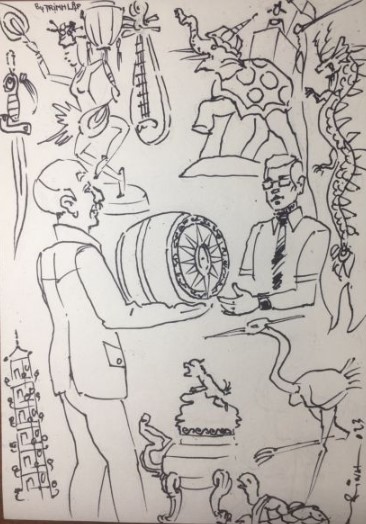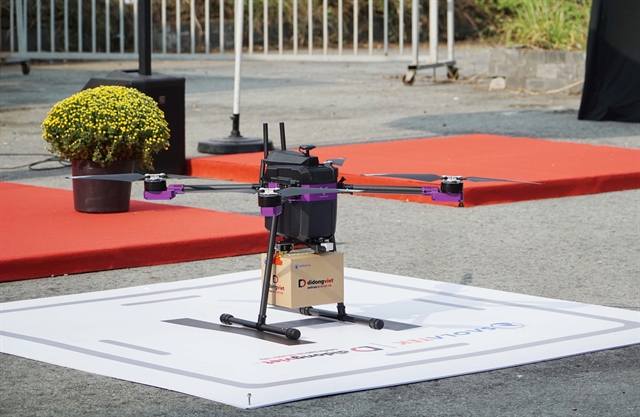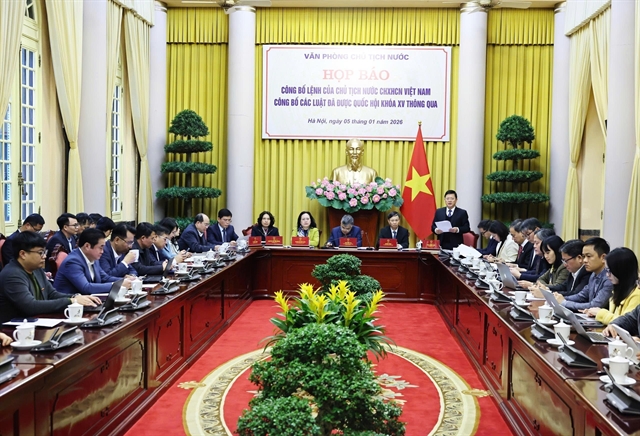 Talk Around Town
Talk Around Town

 |
| Illustration by Trịnh Lập |
by Nguyễn Mỹ Hà
The trend to return looted art and artefacts to countries conquered by wars over the years has been happening for a while. Giant collections of art in the world's biggest museums and private collections have been surrendered in auctions or other means after they were proven to be taken forcefully away from their original rightful owners. From the Elgin Marbles to imperial Vietnamese gold seals, the list of stolen property is endless.
Just last week, AFP reported that prosecutors in New York City, led by Alvin Bragg, NY County District Attorney for Manhattan, had seized hundreds of artefacts looted from around the world that had landed in NYC museums and private collections.
A politician and lawyer who teaches at New York Law School, Bragg has co-ordinated with forensic archaeologists to identify and return more than 950 artefacts worth more than US$150 million to countries such as Cambodia, Pakistan, Egypt, Turkey, Italy, and China.
Bragg reportedly handed back to Beijing two seventh century stone sculptures valued at $3.5 million just last month. The sculptures were loaned to the Metropolitan Museum of Arts in NYC by Met trustee and philanthropist, billionaire collector Shelby White from 1998, until they were seized this year.
White, now 85, gave a total of 89 works after Bragg's home searches and was praised by prosecutors for cooperation and is not accused of any wrongdoing.
None of the aforementioned returned antiques were identified as being from Việt Nam, though some were returned to Cambodia.
A paper in the Journal in Public Archaeology states: "The exact nature of the illicit antiquities trade from ground to market in Southeast Asia remains poorly known outside of Thailand and Cambodia ...[and] little is known about the Vietnamese antiquities trade in general and its relationship to regional antiquities trafficking."
While details are scant, the nation is likely to have suffered great losses, and those in the field agree.
In an email to Việt Nam News, Christos Tsirogiannis, a forensic archaeologist at the Aarhus Institute of Advanced Studies, University of Aarhus, in Denmark, wrote, "There are archives confiscated from notorious dealers, in which objects from Southeast Asia are indeed depicted."
He revealed that he had identified some on the market or in museums, but would not disclose anything further, as he believes it's up to governments to decide where these artefacts actually belong. Having worked extensively on trafficking of arts and artefacts for the past 17 years, he has researched international networks in antiquities trafficking.
Tsiogiannis worked for the Greek Ministries of Culture and Justice from 1994 to 2008, excavating throughout Greece with the Greek police Art Squad from 2004 until 2008. He also recorded antiquities in private collections. Currently, he is head of the working group Illicit Antiquities Trafficking of the UNESCO chair on threats to cultural heritage and cultural heritage-related activities at Ionian University in Greece.
"New York is one of the world's hub cities for the illicit trafficking of antiquities," Tsirogiannis said.
While the Southeast Asian section on display of the Metropolitan Museum could have been identified by forensic archaeologist, a long bloody and painful colonisation of Indochina by the French should lead to more work to be identified and repatriated in the future.
It will be difficult to get a true handle on just how much the nation has been plundered. Just last autumn, Việt Nam’s Ministry of Culture, Sports, and Tourism sent a delegation to France to negotiate with French auction house Millon to repatriate a gold seal of Nguyễn Dynasty's Emperor Minh Mạng created in 1823.
The Đại Nam Kingdom was invaded by the French Second Empire in 1858, following French ships' attack on Tourane, today's Đà Nẵng.
The Nguyễn Court had surrendered three southern provinces to the French, and three others were captured by force later. In 1884, the Treaty of Huế was signed, in which the Tonkin (North Việt Nam proper), Annam (Centre) were protectorate regions, the Cochinchina (South Việt Nam proper) was a French colony, and the royal court was also put under French supervision.
During the 87 years of colonisation, a drainage of natural resources, treasure troves, antiquities and human resources exhausted the country, prompting the people to rise up to fight for its independence in 1945.
The UNESCO 1970 Convention that prevents illicit trafficking of cultural property has it that cultural antiquities must be returned to the land of their original owners.
If these artefacts are to be returned to museums in Việt Nam, a comprehensive plan must be made first to pave the way for the repatriation, with preservation of these treasures best taken into account.
While the repatriation of cultural property can sometimes be a complex issue, there is no doubt that the nation suffered much from the legacy of colonialism. Sooner or later, our ancient artefacts must be returned. VNS




